I came to the Whitechapel Gallery in East London having never even heard his name before. But the advert for its latest exhibition had made me curious: called "Theatre of the Natural World" a picture showed a tree stump with books about birds and plants stacked in the forks of a tree trunk and hacked back branches - as if on a shelf - plus a smorgasboard of tools and paraphernalia you'd associate with an explorer or Natural Historian scattered underneath. What was that supposed to be?
I know others may see things differently, perhaps even contradict there is humour in this in the first place, choosing to interpret it as sarcasm or other sentiments. More on which later. But I felt that Mark Dion and this exhibition possess a great sense of humour above all else.
On entering, you find yourself in a gallery hall the centre of which is taken up by a giant cage or aviary. In it, the aforementioned installation - plus a good number of living birds! It's called "The Library for the Birds of London", although the zebra finches which populate it are not birds that you'd find here in the wild. Then again, you would not want to subject wild birds, unused to life in an aviary, to this. In fact, you can't help but feel a little sorry for the birds despite the many feeders and water bowls.
However, there is a panel explaining how there well-being is safeguarded and staff are making sure only four people at a time are inside. For you can enter this curious aviary. I returned several times. The zebra finches seem as happy as Larry, quite unconcerned about their unusual habitat. Their happy chit-chat can't fail to lighten your mood and endear them to even the most hardened of souls.
And they do succeed: there were plenty of nests the zebra finches had built (or started to build) already - and, bless them, with no concern of course for precious human knowledge! The most energetic nest-building while I watched took place in a gap between taller books on these "shelves". Right on top of "A field guide to the birds of Britain" and "Wildflowers of the British Isles", among other titles! It goes without saying that the birds aren't "toilet trained" either, so all these books are unlikely to ever be read again... As metaphors go, this must be one of the best telling you to not be stuck-up about your learning/ career achievements! Slightly sad perhaps, for we humans tend to crave "making a [hopefully positive] lasting impact" or "leaving a mark", but quite poignant. And with these cute, cheerful, unconcerned birds the blow to our ego is certainly softened.
However, one had been set up with a rustic table laid out for a hearty feast, with cured meats dangling from the ceiling like you might encounter in a rural inn in Spain. Another was equipped with chandelier, elegant sofa and a tray of liqueur bottles and glasses on a side table. And the third was furnished as a hideaway for a solitary soul, complete with shelves full of books, thermoflask and a comfy armchair. Wildlife watching has never seemed so tempting... Except, of course, you are not very likely to see any wildlife if you indulge in the offerings of these hides. And as hunters' blinds they allow for a well-observed typology of hunters.
The following rooms yielded artwork in a similar vein: created to look like the study of Natural Historian or scientist, for instance, you could e.g. examine books which looked like serious scientific works but were by Mark Dion, covering some of his previous artworks which veer between installation, drawings and perhaps performance (such as when participating in field trips). A [replica] twisted horn of a narwhale, carefully labelled "horn of unicorn" (as indeed the myth had been) lay in a wooden crate; drawings of what seemed like the family tree of a particular species - except it was something totally absurd - hung on the walls, and much more which made me chuckle and grin.
I felt right at home, too: not only do I love Natural History and am always fascinated seeing work spaces of scientists from years gone by - Darwin, say, or other, less famous people. But my dad, himself a microbiologist, has a similar sense of humour and expressed it deftly: I grew up with pictures depicting famous buildings - which he had fashioned as a collage from photos of bacteria and viruses. Or a frame that showcased a jaw-shaped flint, painted in a colour reminiscent of faded bone, with the title of "Ursus beissfestus". Ursus, of course, is the Latin name for bears - the Brown bear being Ursus arctos. However, "beissfestus" is my dad's invention and would translate as "bite hardus" - apt for a "jaw" of stone... I couldn't help but think that Mark Dion and my dad would get on very well indeed.
The "study" was followed by the "Bureau of the Centre for the Study of Surrealism and its Legacy" which I would have loved to explore close-up but unfortunately you are only allowed to view through the windows. It's another Victorian-looking "study" full of scientific instruments, tools of the trade and collections of man-made and natural curiosities. I do not know enough about Surrealism in art to "get" the references but guess there are plenty that will elicit smiles from those more knowledgeable than me.
More accessible (in more than one sense) was the huge cabinet in the next room called Tate Thames Dig: A few years ago volunteers had been mudlarking along the banks of the river Thames for Dion and their numerous and varied finds were presented here like you might find in the research wings of museums - in drawers for geological specimens, say, or an entomological collection. Here, however, there was everything: plastic bottle caps, colour-sorted like a rainbow, in one drawer, broken clay pipes and older artefacts in another. Modern electronic garbage next to lost driving licences, toys or cutlery, large numbers of bones and oyster shells - all laid out and sorted as if it was the most precious, significant find.
He continues: "Dion is saying that you, as an individual, are destined to be forgotten. The only way you'll be remembered is through the detritus you leave behind [...]. Dion is showing us that we are nothing but the effect we have on the world. We are the pollution we cause, the rubbish we dump." His review is interesting and perhaps much deeper than mine. For instance, he describes the hunting blinds thus: "enormous structures for hiding yourself away and laying in wait for your prey. Each is filled with books, trophies and chairs or laid out for a dinner party. The prey here, metaphor fans, is knowledge itself. One of the blinds has fallen and collapsed. It's a futile pursuit."
However, I disagree with his overall sentiment or interpretation. For this critic, "US artist Mark Dion's whole career is a wunderkammer where wonder has been replaced with ecological misery. He's sort of like a little kid with a butterfly net who gave up catching bugs decades ago, and instead started catching ideas. [I love the latter comparison/ picture!] His retrospective show here is full of the symbols and signifiers of academic research [...] but instead of science, he's delving into ideas of human impact, of the nature of the quest for knowledge, of futility and frustration."
Maybe he is right. Maybe Dion really wants us to read and interpret his art this way. The introduction to the exhibition-accompanying book - not written by Dion - speaks of "a journey that in turn carries a narrative": from the enchanting, lively birds in the aviary via the hunters' blinds "from which human predators can spy and kill" to "analysis" and finally the wunderkammer - or 'room of wonder' - which traditionally held natural curiosities and awe-inspiring objects, both for study and reasons of prestige. Here though, we are "plunged into darkness and the company of 124 ghosts, pale green corpses of animals and instruments that glow in the dark [plaster casts or sculptures of real-looking and unreal objects which are lit by spotlights in a light neon-green]. We have travelled from the light and the energy of living birds to the luminous yet eerie trophies of obsolescence and extinction."
However you choose to interpret it, catch this exhibition if you can - or look out for a Mark Dion show near you... This one is on at the Whitechapel Gallery until May 13th.
It was enchanting. There is no other word for it. 1000 garlands of dried flowers, each five metres long, were suspended from the ceiling, filling the entire room. Only a path, meandering through, was left so you could actually immerse yourself in this artwork (without risking damage) rather than just watching from the side lines. I'm not normally a fan of dried flowers. They always remind me of those dust-gathering bouquets so fashionable in the 70ties. This was something entirely different though.
Threaded or knotted onto fine copper wire were many different kinds of plant material. From posy-like bunches of grasses to poppy seed heads to roses or delphinium flowers, the colours and textures varied widely. Also, some garlands featured just one species and the individual flowers or bunches were widely spaced along the thread, giving it a very light and airy feel. By contrast, others had a wild mix of petals, seed heads, flowers etc. tightly packed onto the wire so the whole garland looked almost columnar.
It was absolutely stunning and the staff member positioned as a gallery guard confided he loved watching people's reaction to it. He also told me that many people had returned several times and reported always discovering something new. I bet they did. And I was slightly angry with myself for not having gone earlier so I, too, could return for a second or third time. Never mind. I did enjoy it then and there at length.
Life in Death indeed. Even whilst there I felt it was a brilliant answer to the question posed by Dion, namely "what remains of us after death". Aren't plant lovers lucky? Not only do we get to annually witness the endless cycle of rebirth after death - be it from new buds or seeds - we even get to see that death for the individual itself does not always mean the end or total annihilation. (Although, of course, humans tend no to preserve so well or beautifully...) A symbol of hope then, the perfect metaphor for the resurrection: Happy Easter!
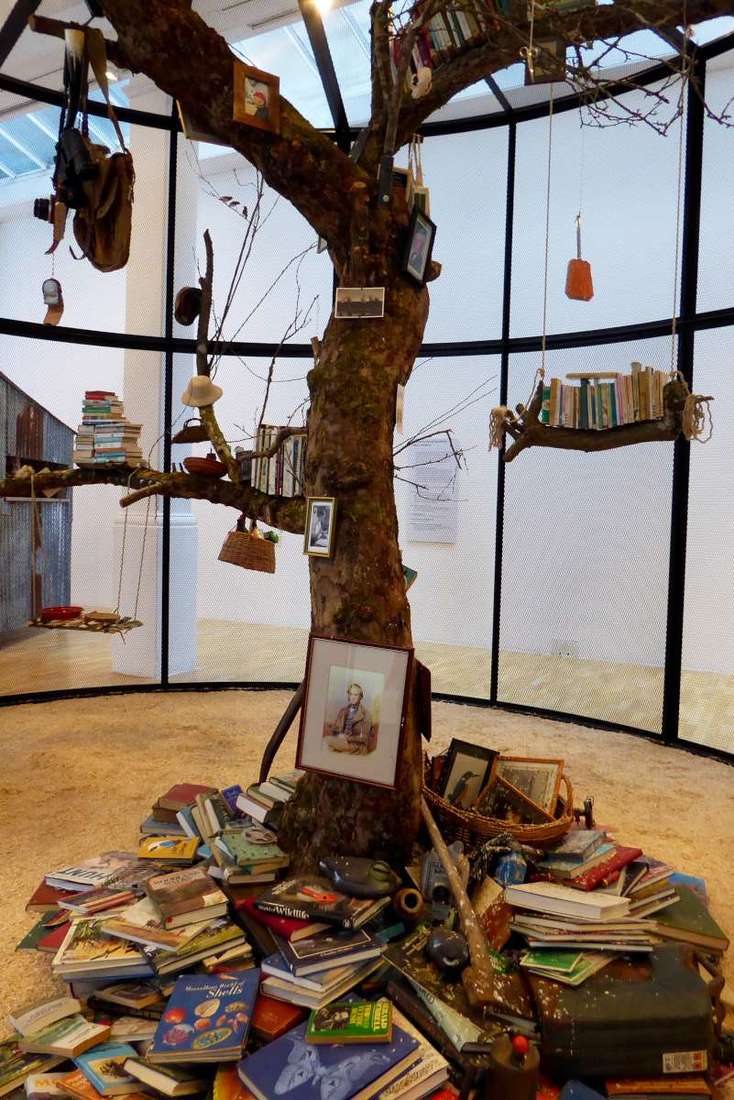
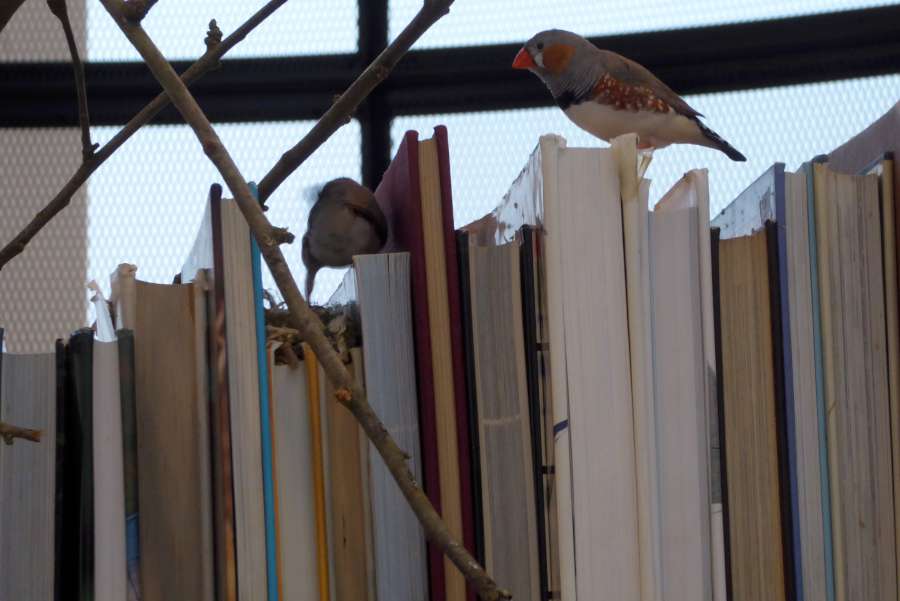
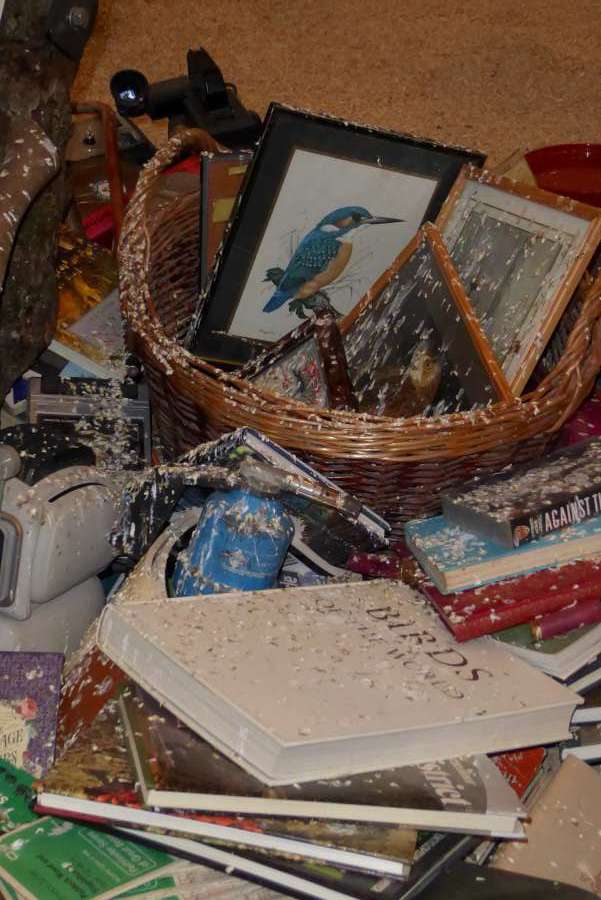
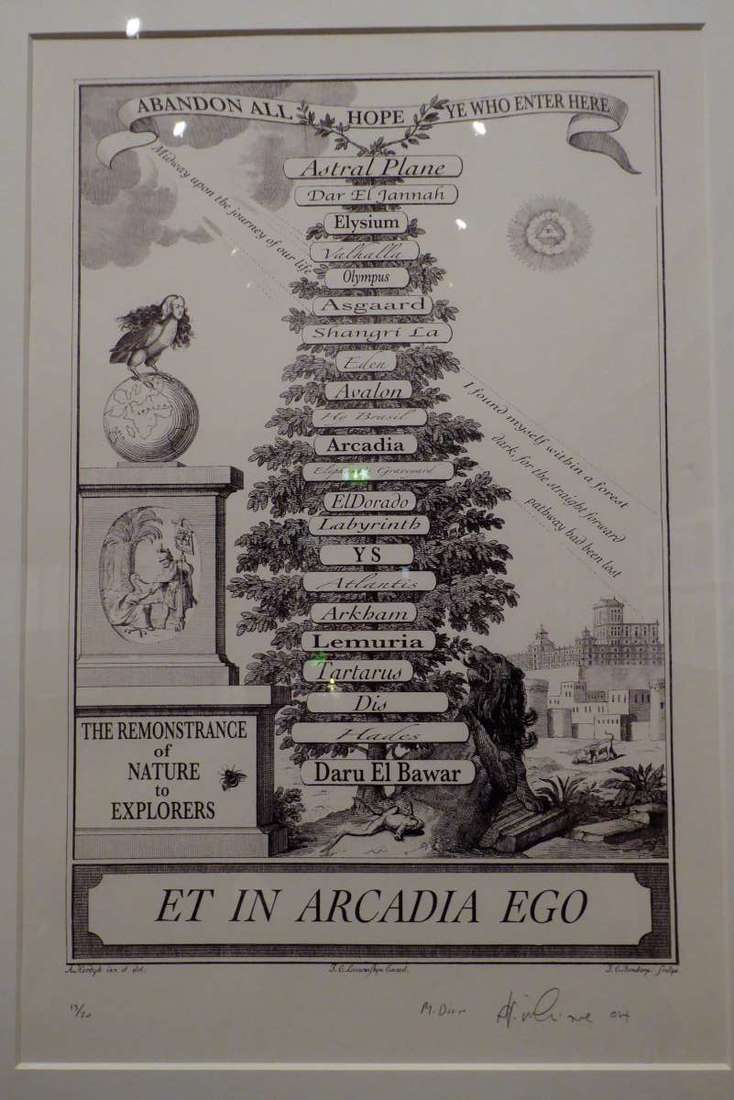
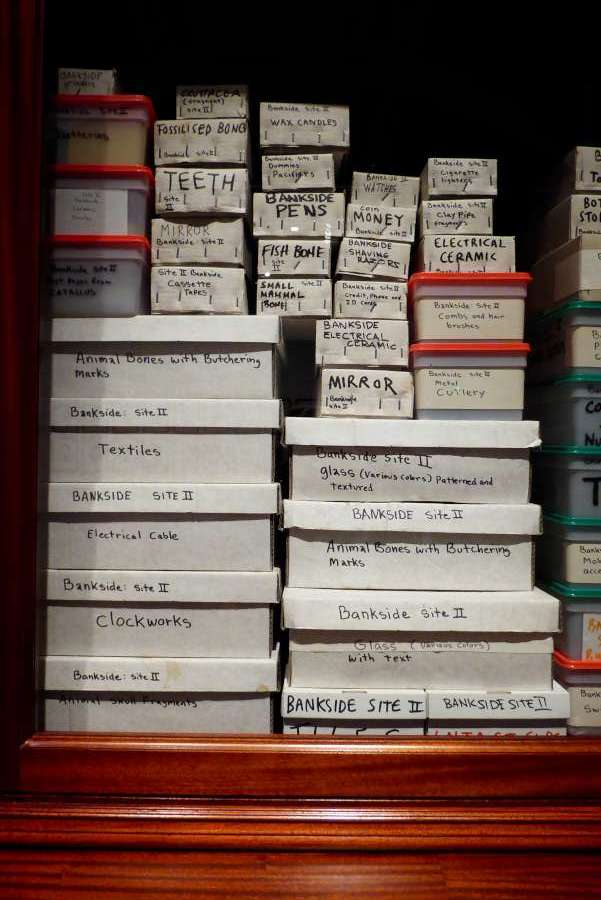
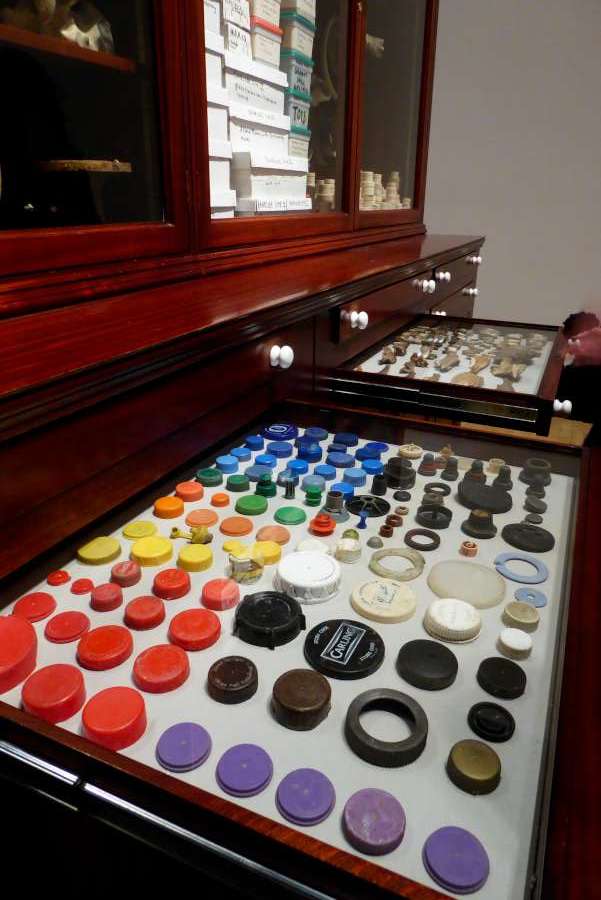
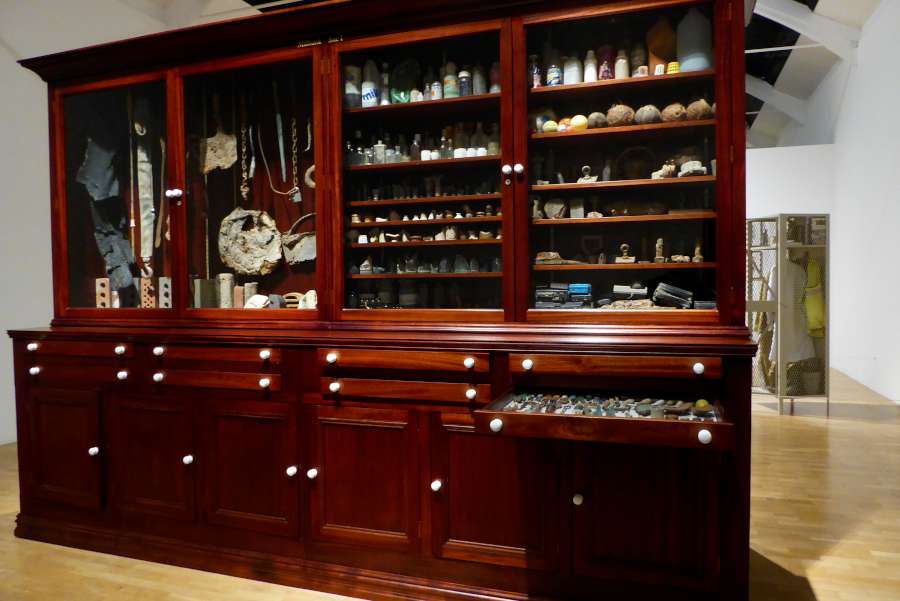
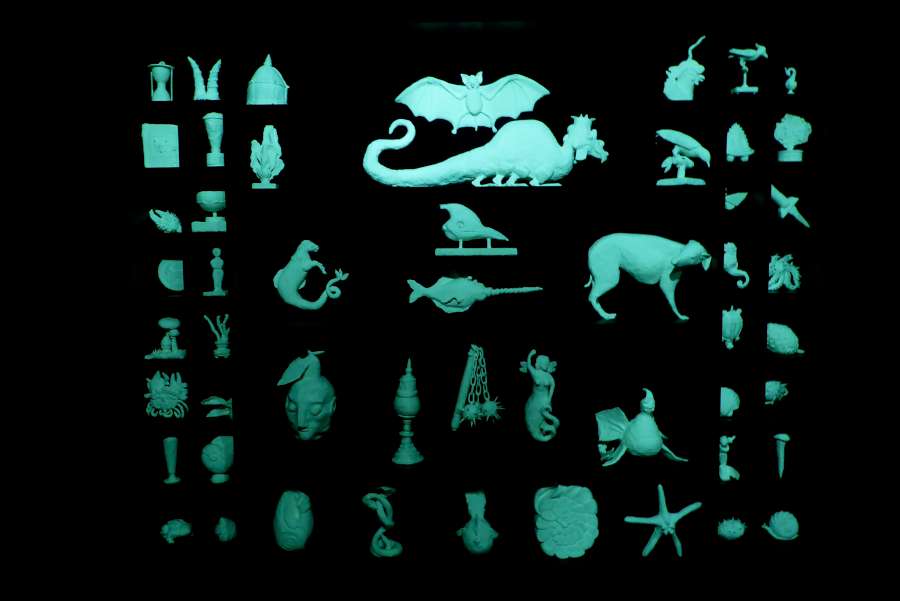
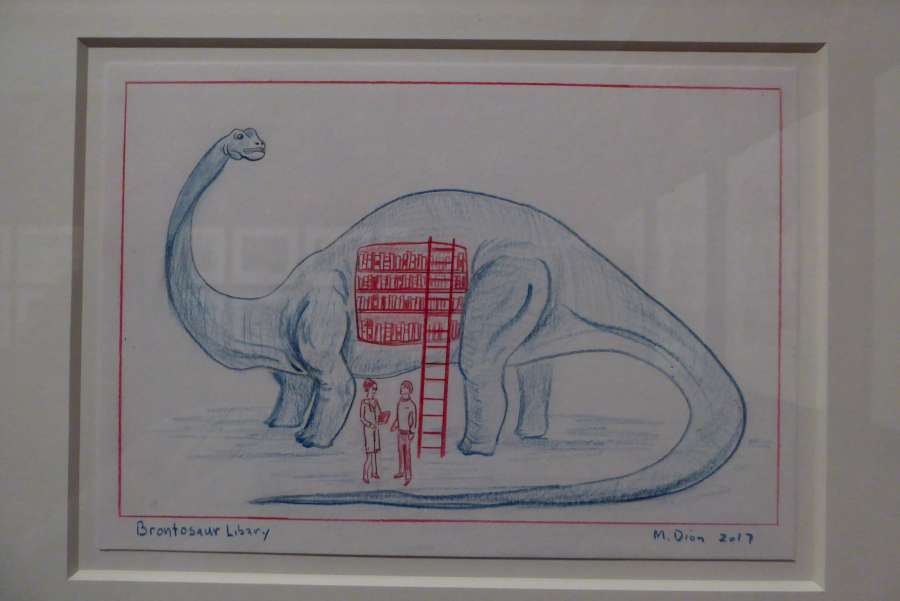
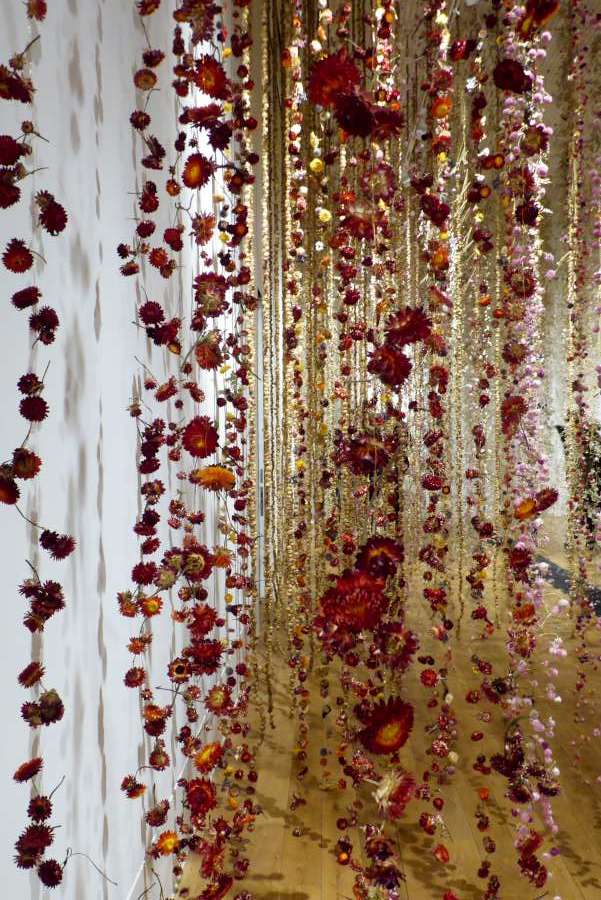
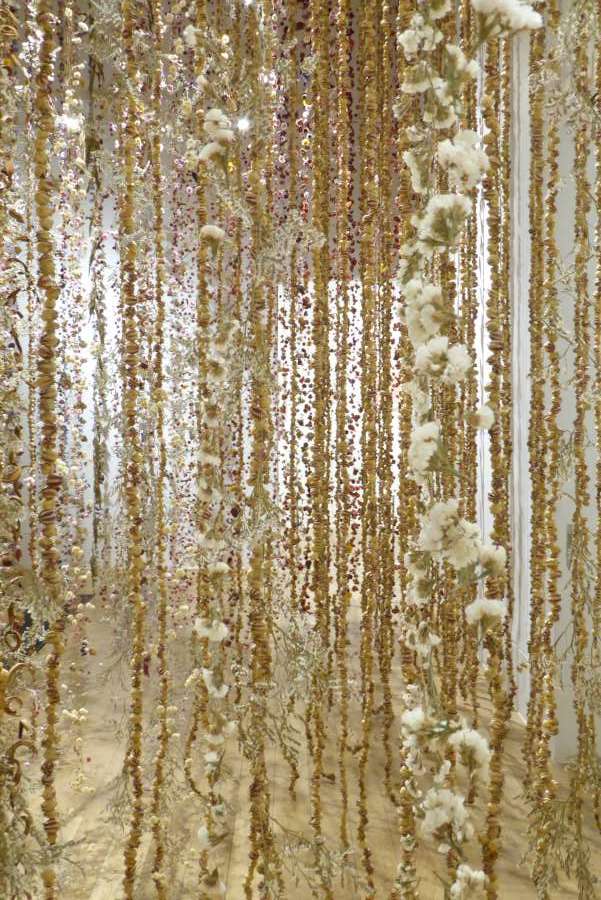
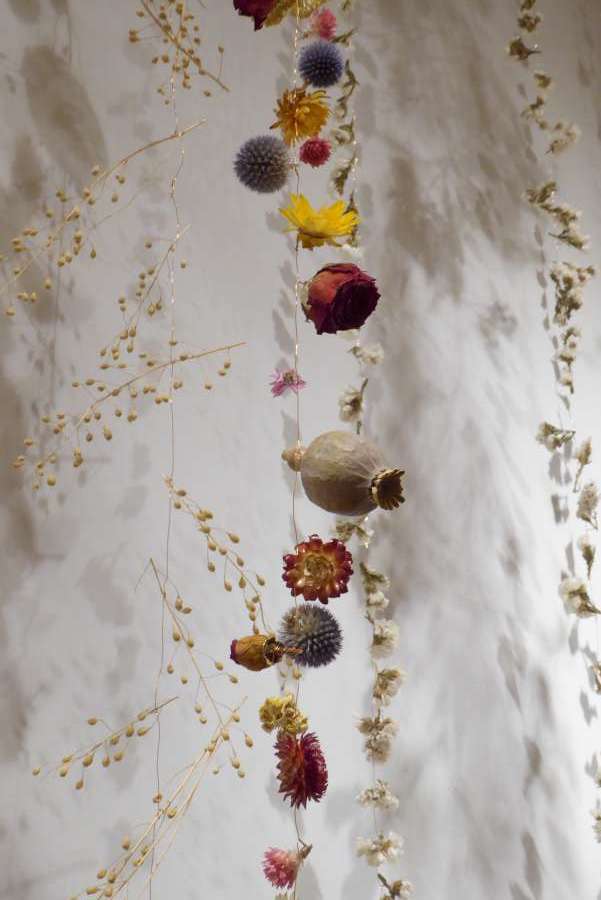
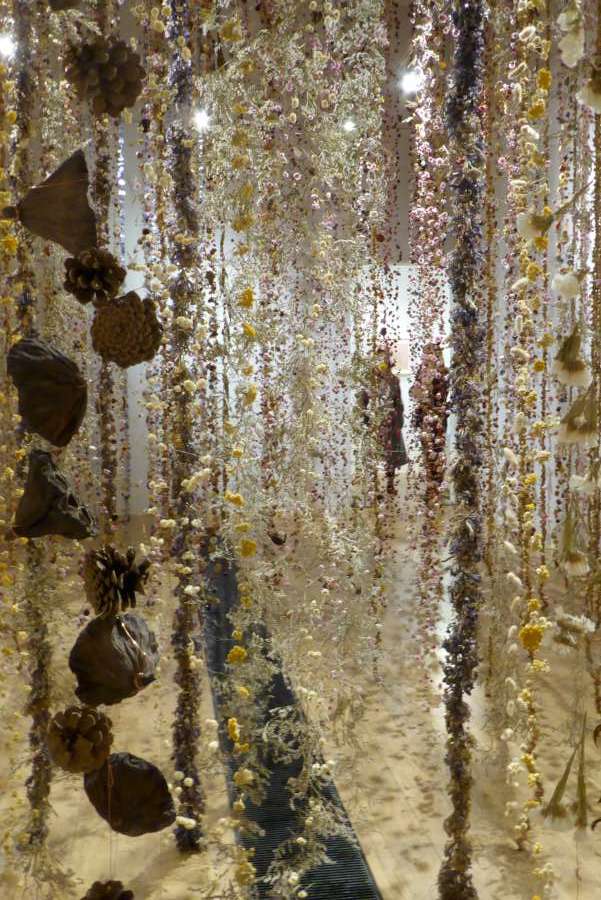
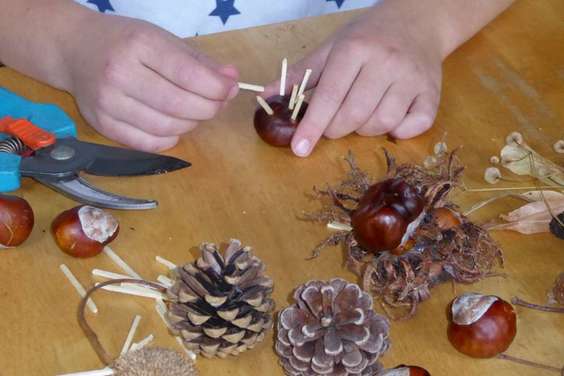
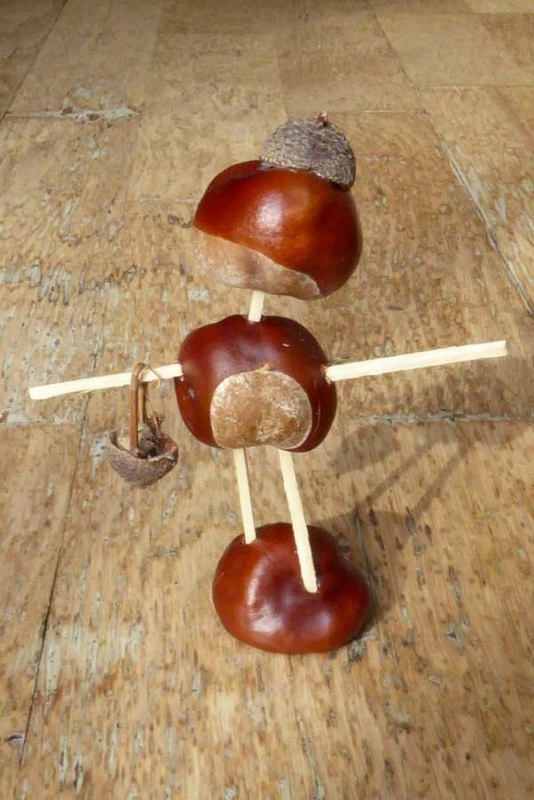
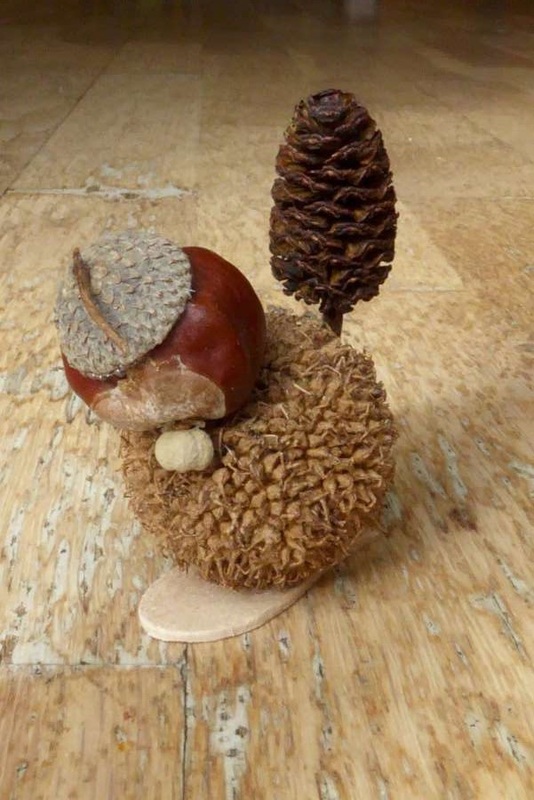
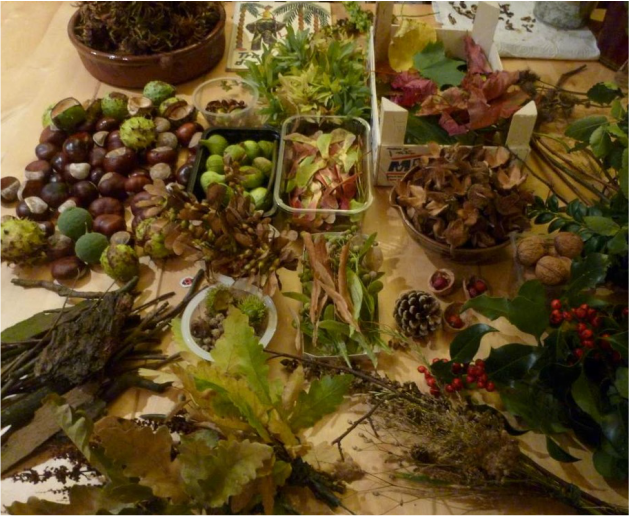
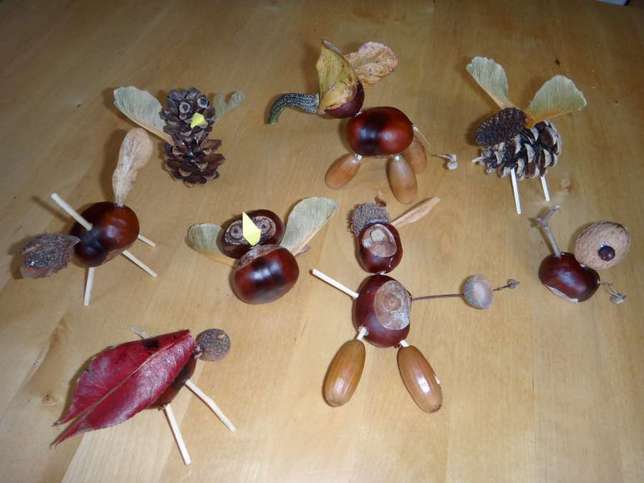
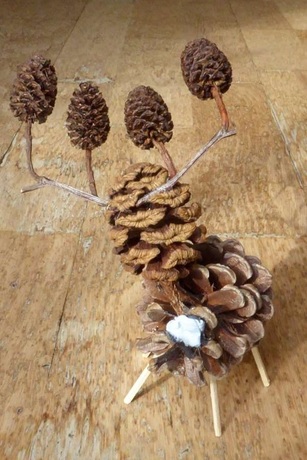
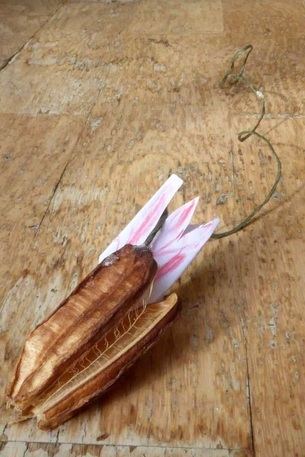
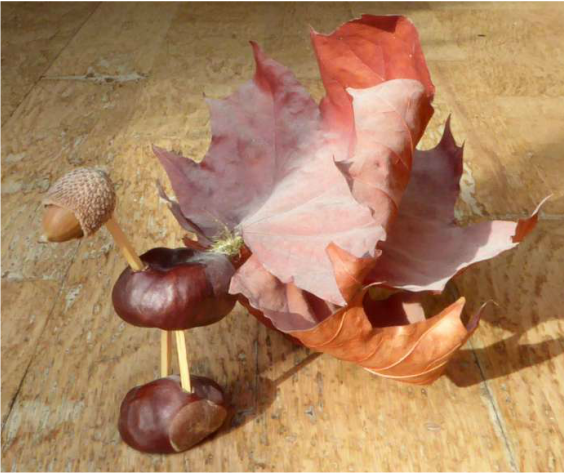
 RSS Feed
RSS Feed